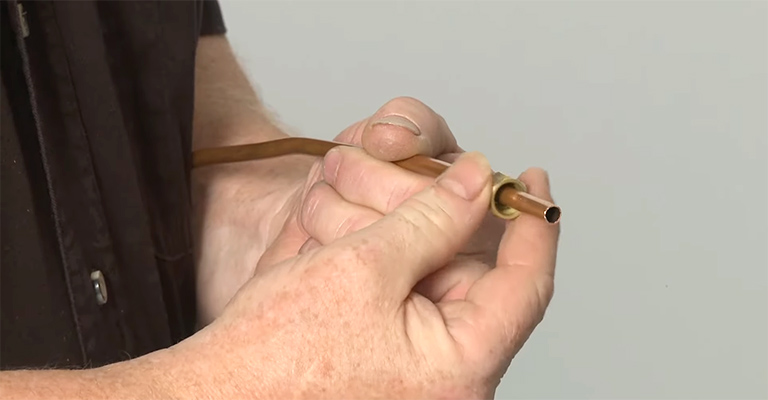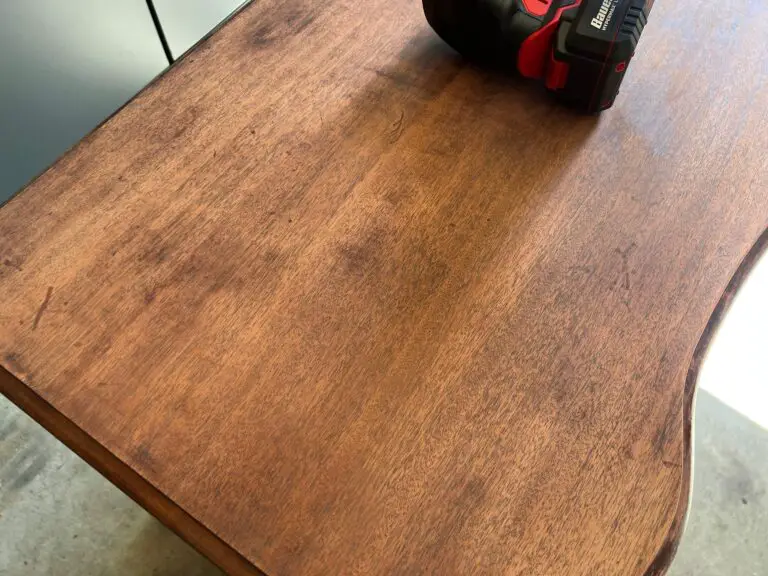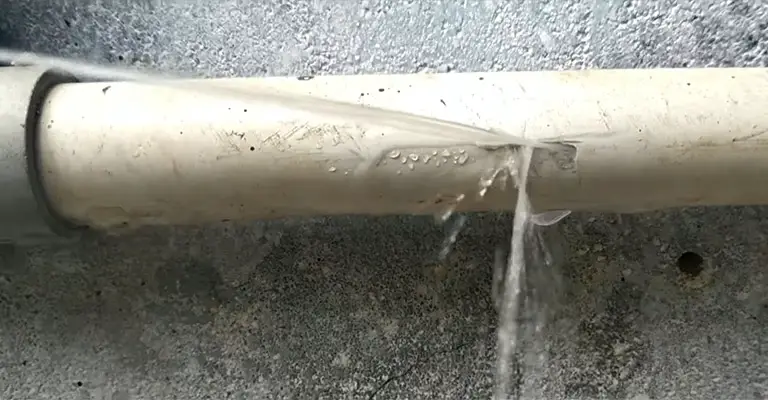Mineral Wool Vs. Fiberglass Insulation – Which Insulation Material is Better?
There are two types of insulation materials that are used in many construction projects. These are mineral wool and fiberglass insulation. They both have their pros and cons, but which one is better? What are the differences? Does mineral wool itch like fiberglass? Which one is safer?
Both materials can be used to insulate the walls of a house, but mineral wool is more durable than fiberglass. It also has a better R-value (resistance to heat loss), which means it can hold heat in the house longer.
Fiberglass insulation is less expensive than mineral wool, but it isn’t as good at holding heat in the house. This means that it’s not recommended for use in cold climates where houses need to retain heat for long periods of time.
Mineral Wool Vs. Fiberglass insulation – What are the Differences
There are many types of insulation in the market. The two most popular types are mineral wool and fiberglass insulation.
Fiberglass insulation is more expensive than mineral wool, but it has a higher R-value. Mineral wool is cheaper than fiberglass and is effective at trapping air in the walls of houses.
The difference between these two types of insulation is that they have different properties which make them suitable for different applications.

R-Value
R-Value is the measure of thermal resistance of a material, in other words, how well it resists heat flow. It is defined as the reciprocal of the time required to heat one pound of material by one degree Fahrenheit when subjected to a constant rate of flow of heat energy.
This is important because it helps determine how much energy a material will absorb or release.
The higher the R-value, the better thermal performance it provides. For example, a material with an R-value of 2 will take twice as long to heat up or cool down as a material with an R-value of 1.
In general, fiberglass insulation has a higher R-Value than mineral wool. However, mineral wool has certain advantages over fiberglass insulation. It can be used in any application and doesn’t require the use of chemicals to install it as fiberglass does.
Thermal Performance
Mineral Wool is a type of insulation that is made from wool. It has a higher thermal performance than fiberglass insulation.
Thermal performance is important in most buildings and home appliances. It can be affected by several factors such as insulation, airtightness, and design.
Thermal performance is the ability to resist heat flow through an object or material. In other words, it’s the ability to keep heat inside your home or building and not let it escape into the surrounding environment.
Which one is Easier to Install?
If you are looking for a more affordable option to install, fiberglass is a better choice. Mineral wool is more expensive and harder to install.
For the average homeowner, mineral wool has many advantages over fiberglass. However, if you are looking to install in an area with high humidity levels or if you need a product that will withstand extreme weather conditions, fiberglass may be the better choice.
Mineral wool has the advantage of being higher density and more water-resistant than fiberglass. This means that it requires a less expensive vapor barrier to provide its level of protection, which can save you money.
So do you need a vapor barrier with mineral wool insulation? No, it does not need an additional vapor barrier.
Cost and Availability of mineral wool and fiberglass
Mineral wool batts are more expensive than fiberglass batts. They are also less available, which makes them a less affordable option.
There is a debate on the cost of mineral wool and fiberglass batts. Those who think that mineral wool is more expensive than fiberglass argue that it is because it has higher absorption rates, which means that the water will not just be absorbed into the foam but also into the fibers of the mineral wool.
Those who think that it’s cheaper to use fiberglass say this because it’s easier to make and cheaper to buy, and also because it’s easier to find and buy in bulk quantities almost anywhere.
Fire Resistance of mineral wool and Fiberglass
The mineral wool insulation is also known for its ability to withstand heat better than other types of insulation such as fiberglass. so that it is usually used in the construction industry as insulation for pipes, boilers, and furnaces.
Along with the materials, mineral wools made of like limestone are often found in the earth’s crust, They are heated to extreme temperatures to produce mineral wool, which has a high fire resistance property.
Mineral wool is made up of more than 90% mineral fibers and less than 10% organic materials, whereas fiberglass is a mixture of glass fibers and polyester or polyurethane, and the melting point of fiberglass is lower than the mineral wool.
Water and chemical Resistance
These two materials have different properties when it comes to water resistance. Mineral wool has the highest water resistance, but fiberglass is more resistant to chemicals and heat than mineral wool.
Sound Proofing
Mineral wool is a type of insulation material that is made from rock or mineral fibers and they have the natural ability to absorb sound waves.
The sound control properties of mineral wool are marginally better than fiberglass insulation. However, the difference in acoustical performance is not that significant. They provide soundproofing properties and can be used in many different applications.
The soundproofing properties of these materials depend on their density, which is measured by the mass per unit volume. The denser the material, the better it will be at absorbing sound waves.
Mineral wools have a density of 1.7 pounds per cubic foot, as compared to 0.5 to 1.0 for fiberglass. Because of its density, mineral wool is hard to compress. Fiberglass, on the other hand, will lose some of its insulating value if it’s compressed too tightly.
So it bullets –
Soundproofing properties:
– Mineral wool is a material that absorbs sound waves and prevents them from making noise hence it is one of the best soundproofing material.
– Fiberglass is a material that absorbs sound waves and prevents them from making noise.
– Density: The density of mineral wool is about 1.5 times the density of drywall.
– Density: The density of fiberglass is about 2 times the density of drywall.
The Itch Factor
Mineral wool insulation is a popular choice for many homeowners because it is less expensive than fiberglass insulation and it also offers better fire resistance. However, some people find that mineral wool contact can make them itch or even cause a mild rash.
Minerals in the mineral wool can get into your skin and cause an allergic reaction. If you are experiencing these symptoms, you may need to switch to another type of insulation material.
Does mineral wool itch like fiberglass?
Mineral wool, also known as stone wool, is an insulating material that is typically made up of minerals such as alumina, silica, and quartz. Some similar materials such as fiberglass are made from glass fibers. Mineral wool does not have any chemicals that would make it itch as fiberglass does. This could help in preventing further irritation when mineral wool is used in areas where people come into contact with
Is rockwool and mineral wool the same?
There is a lot of confusion about the difference between Rockwool and mineral wool. Rockwool is made from volcanic rocks and minerals while mineral wool is made from natural minerals.
Rockwool is a type of insulation that’s used in buildings to help keep homes warm in winter and cool in summer. It’s commonly used for insulation, fireplaces, walls, floors, and more.
Mineral wool is a type of insulation that can be found in many products like furniture cushions, mattresses, pillows, car seats, as well as other places where you want to keep warm or cool. It’s often used as an alternative to fiberglass or polystyrene foam.
Alternative Insulation Options
Exploring various insulation options beyond mineral wool and fiberglass, foam insulation emerges as a versatile choice, particularly effective for exterior walls. Rockwool insulation, also known as rock wool, offers superior insulation properties and is often preferred for its fire resistance.
Spray foam insulation, filling the entire wall cavity, provides excellent air sealing and high R-value, making it a popular alternative. Cellulose insulation, made from recycled material, is another eco-friendly option. Additionally, insulation batts can be a practical solution for quick and efficient installation.
Final Words
Mineral wool and fiberglass insulation are both good options for insulating your home. However, if you are looking to save money, then mineral wool is the way to go.
Considering all the factors like noise cancellation, fire and water resistance, cost the mineral wool is all way to go.
If you live in environmental hazardous area, then even R-13 or R-15 insulation won’t save you. In that cases you should go for R-23 insulation.




